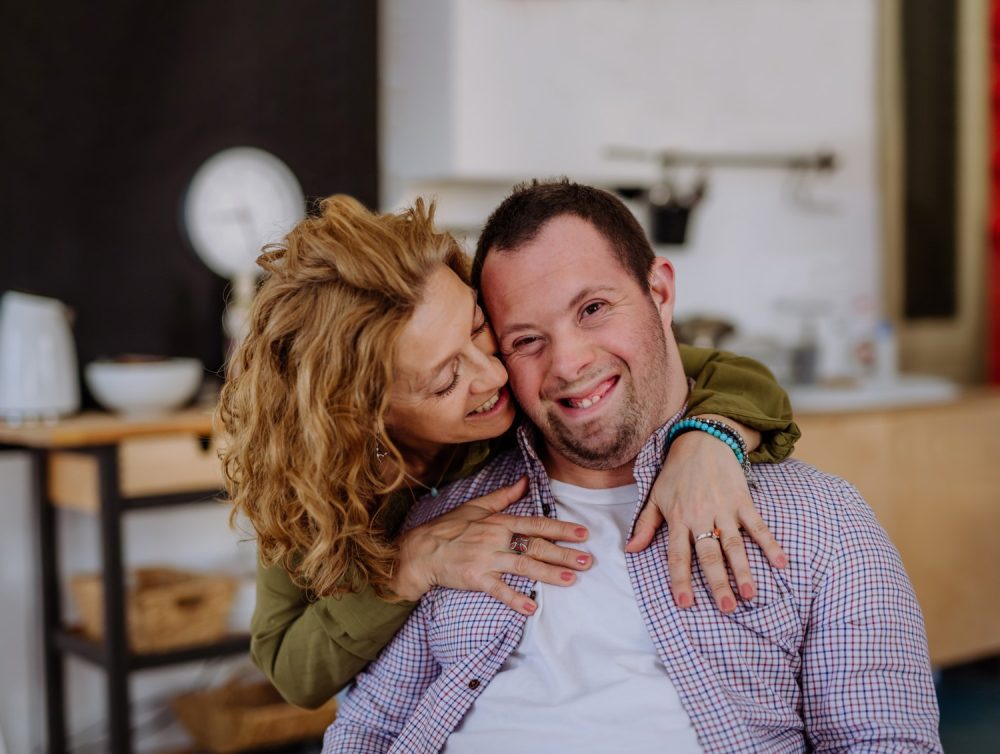Ableism is defined as discrimination, prejudice and exclusion faced by people who are disabled. The barriers that people with disabilities face when trying to get care are also acts of ableism.
According to the CDC, barriers are more than just physical obstacles, as inaccessible environments and negative attitudes toward people with disabilities also create significant barriers for them to receive proper care. Some of these barriers include:
Limited Accessibility
One of the most noticeable forms of ableism is the limited physical accessibility of facilities. Many spaces are not designed with the needs of people with disabilities in mind, lacking ramps, elevators or even accessible restrooms. This barrier alone can prevent individuals from seeking and receiving timely medical attention.
Not taking a disabled person’s accommodations seriously is another form of ableism that limits someone’s accessibility. It often involves dismissing the importance of accommodations and viewing them as “special treatment” instead of recognizing them as essential for equal participation.
Communication Challenges
Effective communication is critical to quality care, but ableism often leads to communication barriers. Healthcare providers may not be properly trained to communicate with patients with diverse needs, such as speech or hearing impairments. This lack of communication can result in misunderstandings, misdiagnoses and a failure to address the unique concerns of people with disabilities. Ways ableism manifests in communication challenges include:
Patronizing Language
Speaking to disabled individuals in a condescending tone or using language that implies a lack of intelligence or maturity.
Disregarding Their Presence
Ignoring disabled individuals and directing the conversation only towards caregivers or companions, assuming they cannot speak for themselves.
Disregarding Autonomy
Making decisions for disabled individuals without consulting them, undermining their independence and autonomy.
Negative Attitudes and Stereotyping
Ableism can also be expressed through prejudice and stereotyping. Healthcare professionals may have negative attitudes about the capabilities and limitations of individuals with disabilities, severely impacting the quality of care they receive. These biases can lead to undertreatment, overlooking important symptoms or neglecting preventive measures. Here are some things that can seriously affect someone with a disability:
Assuming Incompetence
Underestimating the abilities of disabled individuals by assuming they cannot perform certain tasks without giving them a fair chance to prove their capabilities.
Pity or Inspiration
Treating disabled individuals as objects of pity or inspiration rather than acknowledging them as equals with unique accomplishments and goals.
Associating Disability with Inability
Assuming that a disability automatically means someone cannot succeed or achieve, limiting opportunities for disabled individuals.
Staring or Gawking
Making disabled individuals uncomfortable by staring or gawking at them, violating their privacy and independence.
Using Mean Language
Employing derogatory terms like “retard” or “cripple” to refer to people with disabilities, perpetuating harmful stereotypes and reinforcing negative perceptions.
Internalized Ableism
Unfortunately, people with disabilities can be their own enemies when it comes to ableism, which is known as internalized ableism. Internalized ableism occurs when a disabled person receives negative messages about their disability and then believes them.
People with internalized ableism feel like they’re a burden to others, so they won’t ask for help when it’s needed. The negative stigma against disabilities makes them think this way and often hinders them from receiving proper care.
At SYNERGY HomeCare, we recognize the urgent need to dismantle the barriers imposed by ableism to ensure that everyone receives the care they deserve. Our Family Guide to Understanding and Supporting Adults with Disabilities discusses ways to practice person-first language, mindsets, and practices that accommodate people with disabilities and help them feel empowered.
___________
For more information on how to practice person-centered care with someone who lives with a disability, download the SYNERGY HomeCare Disability Care Guide.
SYNERGY HomeCare offers no obligation home assessments. Find a location near you or Contact us to talk to a Home Care specialist.



